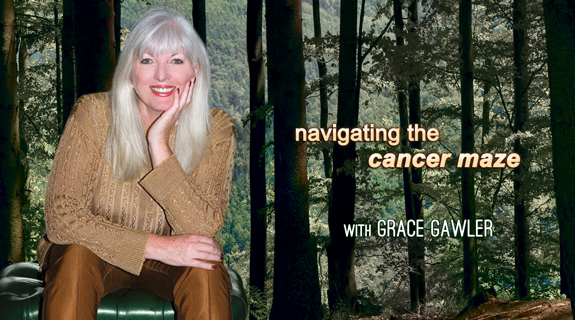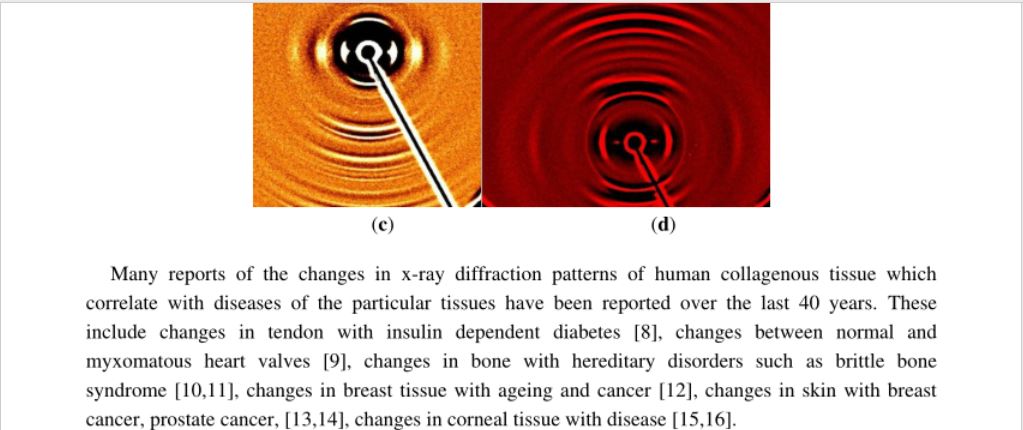Just imagine if cancer could be detected long before the process of a mammogram or PSA test or scan discovered advanced disease? According to Physicist, Professor Veronica James who has devoted her life to Scientific Research in the area of early diagnosis; the answer is a resounding YES! Just imagine if she is right and there is a strong probability she is; earlier cancer diagnosis than we currently have access to is possible!
Prof James has worked on breast cancer since the 1980s & developed “Fibre Diffraction Diagnosis”, a method to detect cancer using x-rays of nail clippings, hair or skin. An unusual concept; but this almost 80 year old Australian scientist has the science and credibility to back up her research results.
Prof Veronica James is not a name that one recognises unless you are in the academic research field; and so the question that begs to be asked is – Why Not? What happened to her research and findings and why hasn’t she had the funding to continue her work? Her research and results from studying early diagnosis of breast cancer using Fibre Diffraction Diagnosis, is astounding. This story of discovery is amazing and somewhat serendipitous.
In 1996, Veronica reported to the medical personnel at Christieâs Hospital Manchester, the 4 changes she had observed in the collagenous ductal tissue of the breast that precede breast cancer noting that, in the final stage, the breast tissue had reversed to foetal tissue. Veronica was asked whether she had observed similar foetal tissue in the skin as had been reported in breast cancer. A subsequent study at the local Daresbury synchrotron of 14 skin samples did show a possible foetal-like change similar to the penultimate change in the breast. Christieâ Hospital Oncologists agreed to provide 200 samples to confirm these results but when she arrived in England to collect them, the samples had disappeared from their freezer. As Veronica had already studied changes in hair in insulin dependent diabetes and was due in Japan the following day, she asked if a clinic was in progress and being told that it was asked if a hair sample could be taken from each of the participants. With hoots of laughter they agreed asking her what she thought she would find. Veronica told them nothing but that she would not be in disgrace in Japan for arriving without any samples. They were still laughing when she collected these samples the next day. When Veronica started to look at the samples the following day in Japan, she found strange rings superimposed on the normal hair patterns and after blaming and reassembling the machine she finally found out that only 8 of the 19 samples showed this ring.
Veronica sent back to England the numbers of these samples thinking that they might have something in common â same family, same shampoo, same hairdressers etc. Their return email stated simply that Veronica had picked out all the breast cancer patients. This was confirmed by taking these and further blinded sets to other synchrotrons. The changes relating to other cancers and Alzheimerâs Disease, were found in the 4000 subsequent blinded tests from 14 different international sources when patients with other cancers were included to prove that the discovered change was specific to breast cancer. As each new change was identified, further studies were undertaken to verify the specificity of each new change.
Research Gate – a portal for academic research lists 52 Publications for Professor James. Her areas of expertise include: Biological Physics, Medical Biochemistry: Proteins And Peptides (Incl. Medical Proteomics), Structural Chemistry And Spectroscopy, Physical Chemistry Of Materials, Medicinal & Bio-molecular Chemistry, Oncology & Carcinogenesis.
AWARDS: Prof James has an Order of Australia Medal for her services to the deaf. 1992 Quota South Pacific Breast Cancer Research Award, 1999 American Biographical Institute Woman of the Year and 2004 International Scientist of the Year IBC Cambridge. She has recently been awarded an honorary doctorate of Science from Cambridge.
In association with her interview with me, she has given permission to use some of her research on my blog. Check it out after listening to the show.







